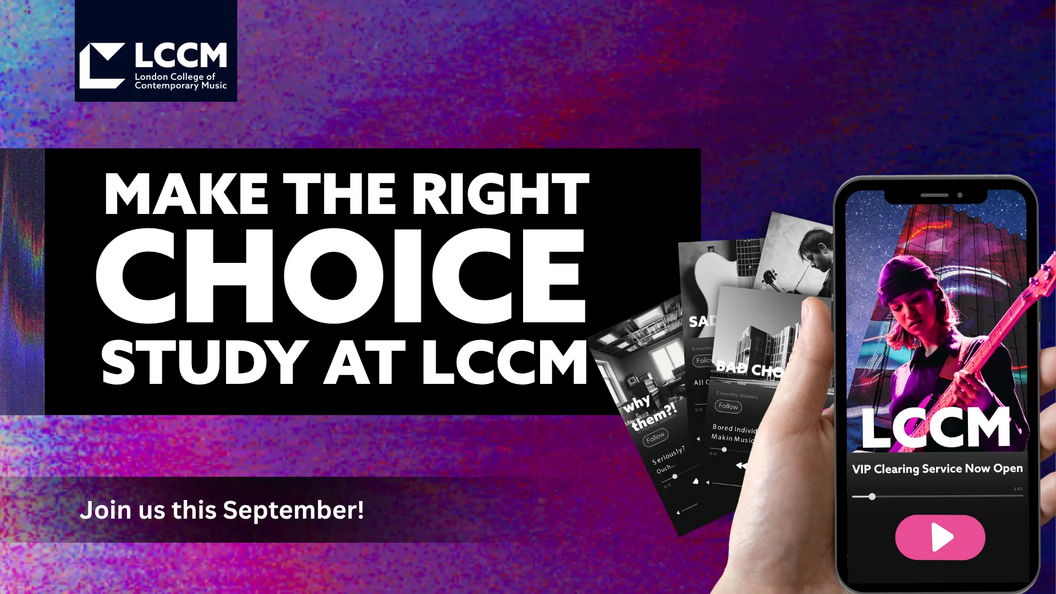Becoming a creative entrepreneur is more possible than ever in today’s age of technology and digital evolution. If you’re passionate about your craft and ready to turn your creative talents into a thriving business, this guide is for you.
We’ll explore what creative entrepreneurship is, how difficult it is to break into this world, the most common types of creative entrepreneurship and a whole lot more. Read on to find out everything you need to know including actionable tips to help you on your journey.
What is Creative Entrepreneurship?
Creative entrepreneurship is the practice of transforming creative ideas into profitable business ventures. It involves leveraging artistic skills, such as graphic design, illustration, music, writing and fine art, to create marketable and valuable products or services.
Creative entrepreneurs blend innovation, artistry and business acumen to build enterprises that resonate with their target audiences while generating income.
Does this sound like you? Let’s move on and find out what it takes to become a successful entrepreneur.
What makes a Successful Entrepreneur?
Successful creative entrepreneurs share several key traits. One of the most valued qualities of a creative entrepreneur is being an innovative thinker; in other words, someone who can adapt to changing markets and trends.
They also have a strong work ethic, resilience and the ability to manage both the creative and business sides of their enterprises.
A successful entrepreneur must also be a lifelong learner, constantly seeking new knowledge and skills to stay ahead in their field. They’re often excellent networkers who can build strong relationships with clients, collaborators and other professionals in their industry.
How Hard is Creative Entrepreneurship? Is it Worth it?
Creative entrepreneurship can be challenging, especially in the beginning. It requires more than just talent; it demands a deep understanding of your market, a solid business plan and the ability to wear multiple hats—from creator to marketer to financial manager.
The path can include some uncertainties, but for those who are passionate about their craft and willing to put in the work, it can be incredibly rewarding.
Not only do you get to do what you love, but you also have the opportunity to make a significant impact in your industry and build a sustainable career on your own terms.
Most Common Types of Creative Entrepreneurship
Take a look at the list below to discover some different creative entrepreneurship roles, what they entail, and how to be successful in them. There are a bunch to choose from, but this is a great place to start.
1. Graphic design
Graphic design is one of the most versatile forms of creative entrepreneurship. As a graphic designer, you’ll create visual content for a wide array of platforms and industries, including branding, advertising, digital media and print.
This career path offers the opportunity to work with businesses of all sizes, from startups to large corporations, creating logos, websites, packaging and more. The demand for skilled graphic designers remains high, especially as businesses increasingly recognise the importance of strong visual branding.
2. Commercial illustration
Commercial illustrators use their artistic skills to produce imagery that supports various commercial needs, such as advertising, editorial content, product packaging and more.
This type of work can range from creating detailed technical illustrations for textbooks to developing character designs for marketing campaigns. Success in this field often requires a combination of artistic talent and the ability to work efficiently under tight deadlines.
3. Fine art
Fine artists create art primarily for aesthetic and intellectual purposes rather than practical or commercial use, like we discussed above. This can include painting, sculpture, photography and mixed media.
While it’s a more traditional form of creative work, fine art is still a great business entrepreneurship path, especially with the growth of online platforms that allow artists to reach global audiences directly. Fine artists often sell their work through galleries, art fairs and online marketplaces, and they may also take on commissions to sustain their careers.
4. Musicians
Musicians, whether solo artists or part of a band, create, perform and record music across various genres. With the rise of digital distribution platforms, musicians now have more control over their careers than ever before.
Independent artists can produce and release music without the backing of a major label, allowing them to maintain creative control and a larger share of profits. However, this also means that musicians must often manage multiple aspects of their careers, including marketing, distribution and live performances.
5. Freelance writers
Freelance writing is a great successful business idea as it’s a flexible and diverse career path. It can include content creation for blogs, articles, scripts, marketing materials and more. Freelance writers often work with a variety of clients across different industries, making adaptability a key skill.
Successful freelance writers need to be able to meet deadlines, communicate effectively with clients and continually refine their writing skills to stay competitive. With the growth of digital media, the demand for high-quality written content has increased, providing ample opportunities for skilled writers.
Tips to become a successful creative entrepreneur for beginners
Looking for creative business ideas? We’ve compiled a list for you to give you a head start on how to be successful as a creative entrepreneur.
1. Create a business plan
Your business plan should outline your goals, target market, revenue streams and growth strategies. A well-constructed plan helps you stay focused and organised, making it easier to make informed decisions as your business evolves.
It’s also an essential tool when seeking funding or partnerships, as it demonstrates your commitment and thought process to potential investors or collaborators.
2. Know who your target audiences are
Identifying your target audience is crucial for effective marketing and product development. By understanding the demographics, preferences and behaviours of your ideal customers, you can tailor your offerings to meet their specific needs.
This not only increases the chances of your products or services being well-received but also allows for more efficient use of marketing resources, ensuring you reach the right people at the right time.
3. Build a strong team
Your team should complement your skills and fill in any gaps, allowing you to focus on what you do best. This includes hiring individuals with expertise in areas like finance, marketing and operations.
A strong team also brings diverse perspectives, which can lead to more innovative solutions and help your business adapt to challenges.
4. Build a professional network
Networking is a powerful tool for any entrepreneur. By connecting with other professionals in your industry, you can gain insights, access opportunities and find collaborators who can help you grow your business.
Attend industry events, join online communities and use social media to build relationships that can lead to new clients, partnerships or mentorship opportunities.
5. Prepare for financial challenges
Financial challenges are inevitable in any business, but being prepared can make a significant difference. This means having a solid understanding of your finances, creating a budget and planning for lean periods.
Consider setting aside an emergency fund to cover unexpected expenses and exploring multiple revenue streams to stabilise your income. Don’t forget to regularly review your financial situation to keep things on track.
6. Conduct market research
Market research is essential for understanding your industry, competitors and customers. By keeping an eye on trends and shifts in the market, you can adapt your business strategies to stay relevant and competitive.
Market research also helps you identify new opportunities, whether it’s a gap in the market that you can fill or a new audience segment to target.
This guide should offer you a solid start to becoming a successful entrepreneur. If you are looking for a deeper understanding of how to start your creative entrepreneurship journey, you can also consider creative entrepreneurship courses. With dedication and a strategic approach, you can be sure to turn your creative passion into a successful business!
FAQs
1. What is the role of a creative entrepreneur?
A creative entrepreneur transforms artistic ideas into profitable businesses, blending creativity with business strategies to create products or services that resonate with their audience.
2. How do I start my journey as a creative entrepreneur?
Begin by honing your craft, building a portfolio, and creating a business plan. Networking and market research are also crucial steps in establishing your creative business.
3. What skills are essential for a creative entrepreneur?
Essential skills include creativity, business acumen, marketing, networking and resilience. Being adaptable and willing to learn are also key to success in this field.
4. How can I effectively market my creative business?
Utilise social media, build a strong online presence and engage with your audience through content marketing. Networking and word-of-mouth referrals are also powerful tools for marketing your creative business.





